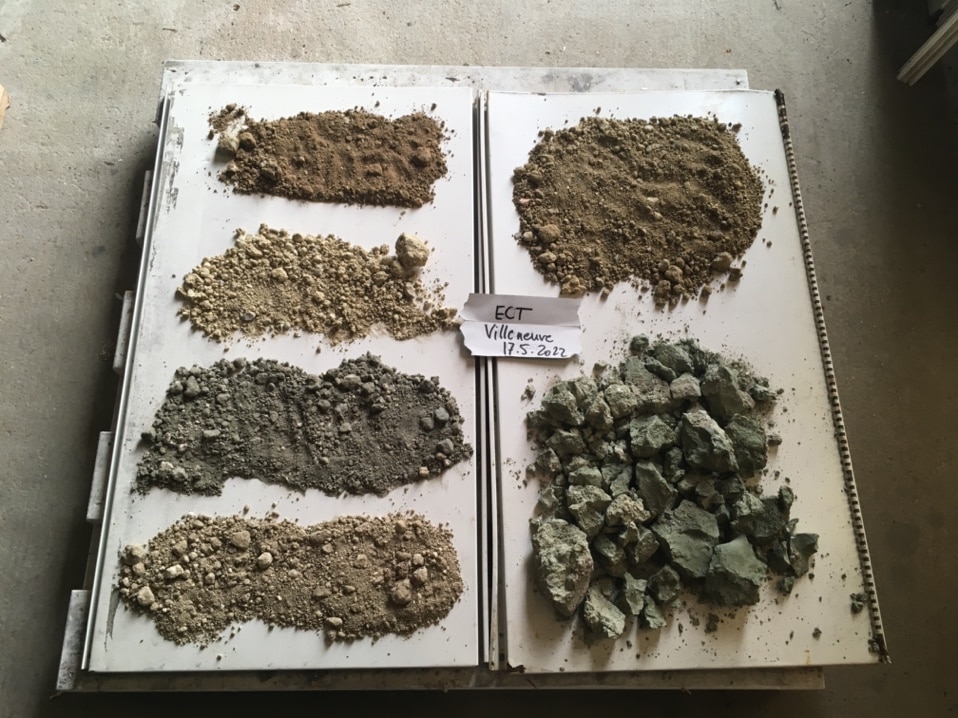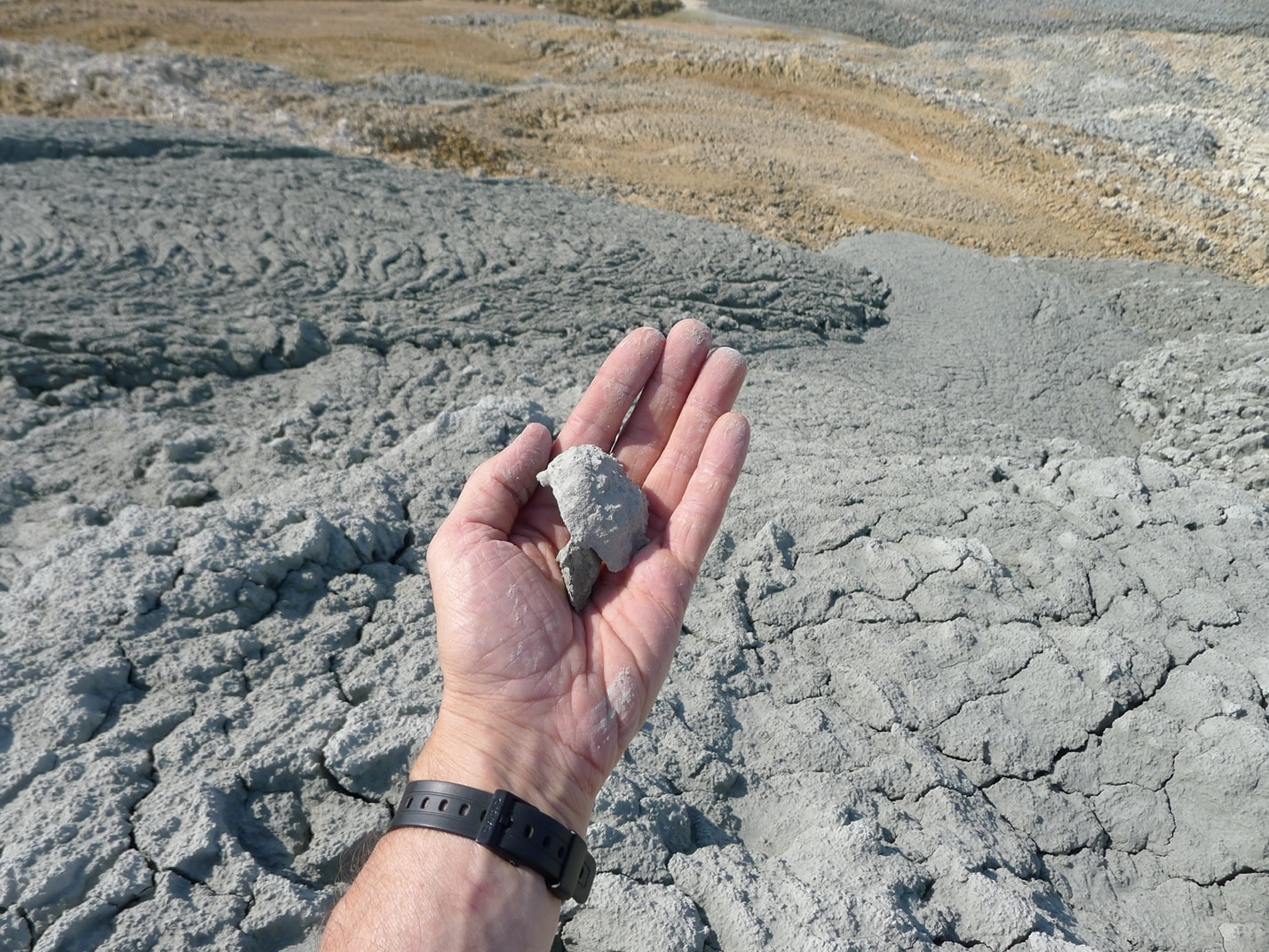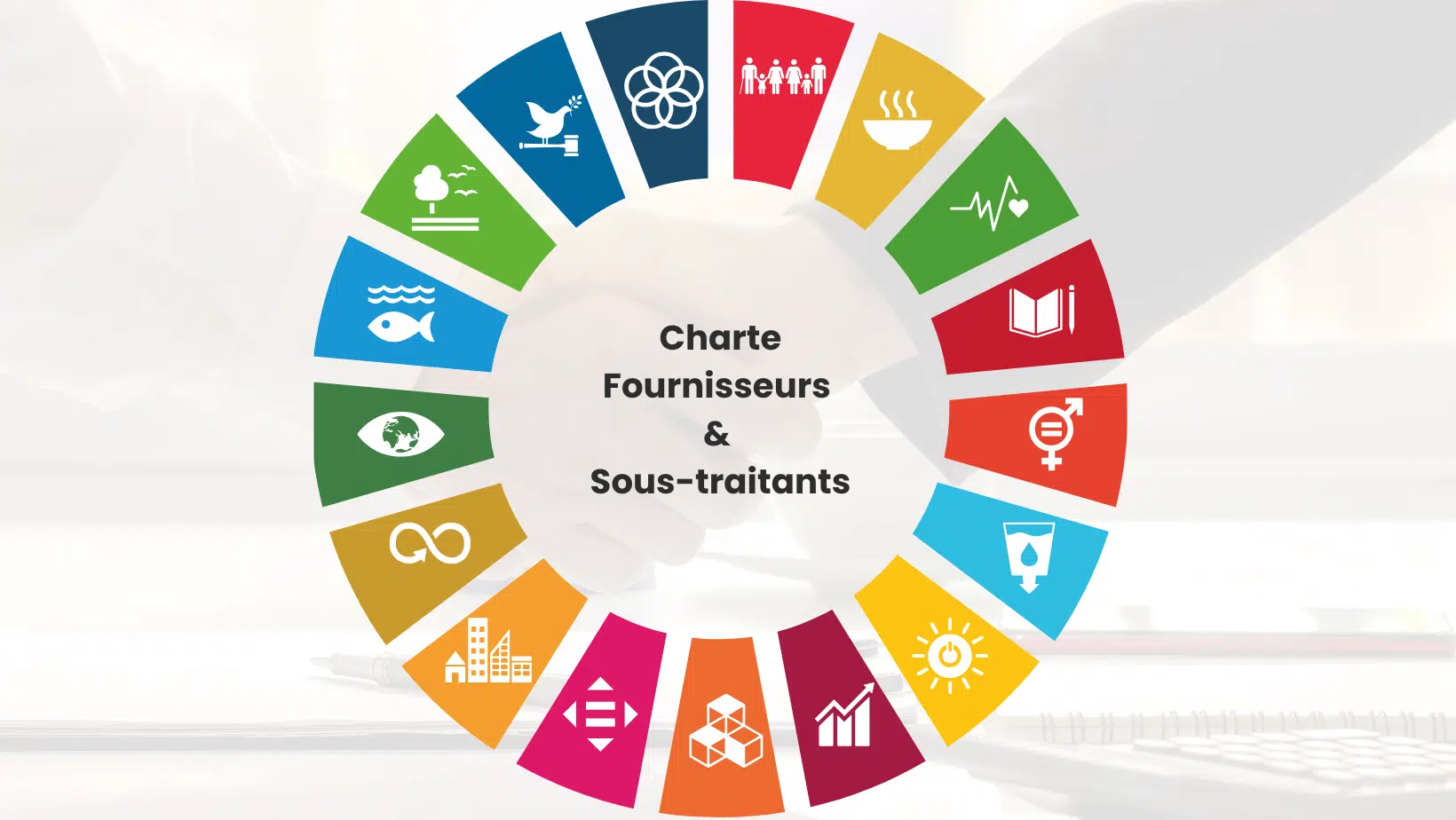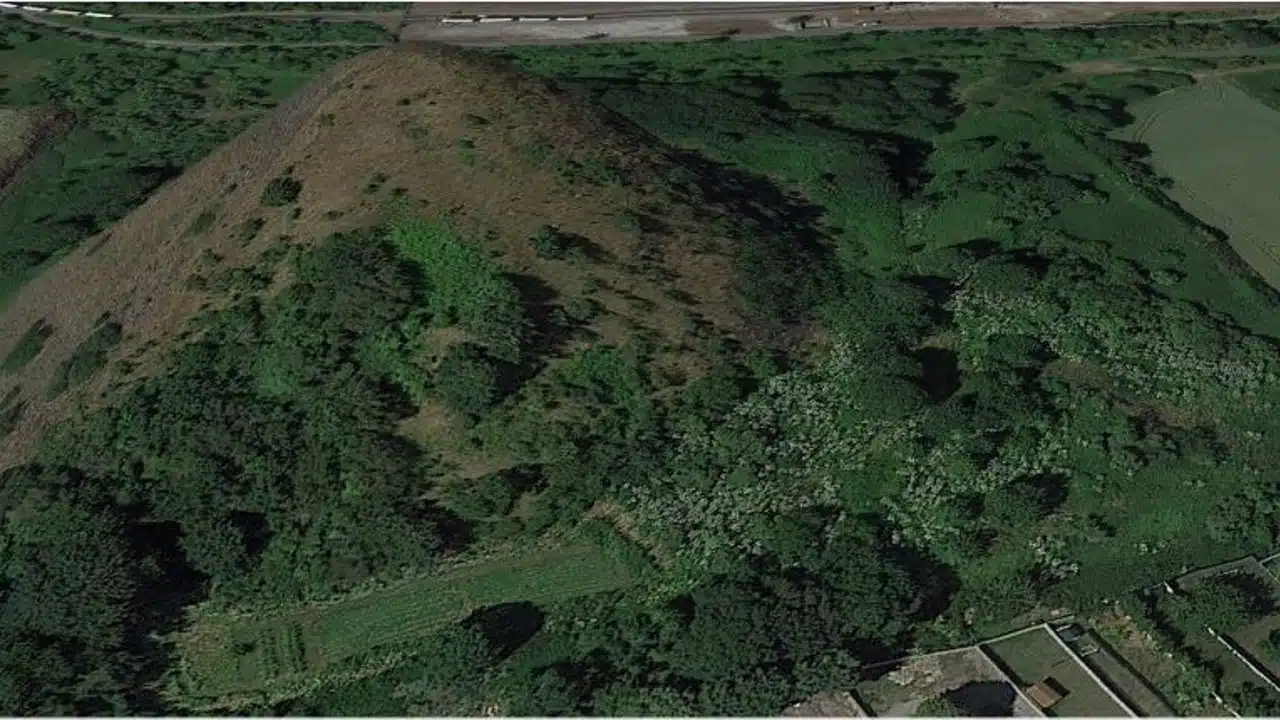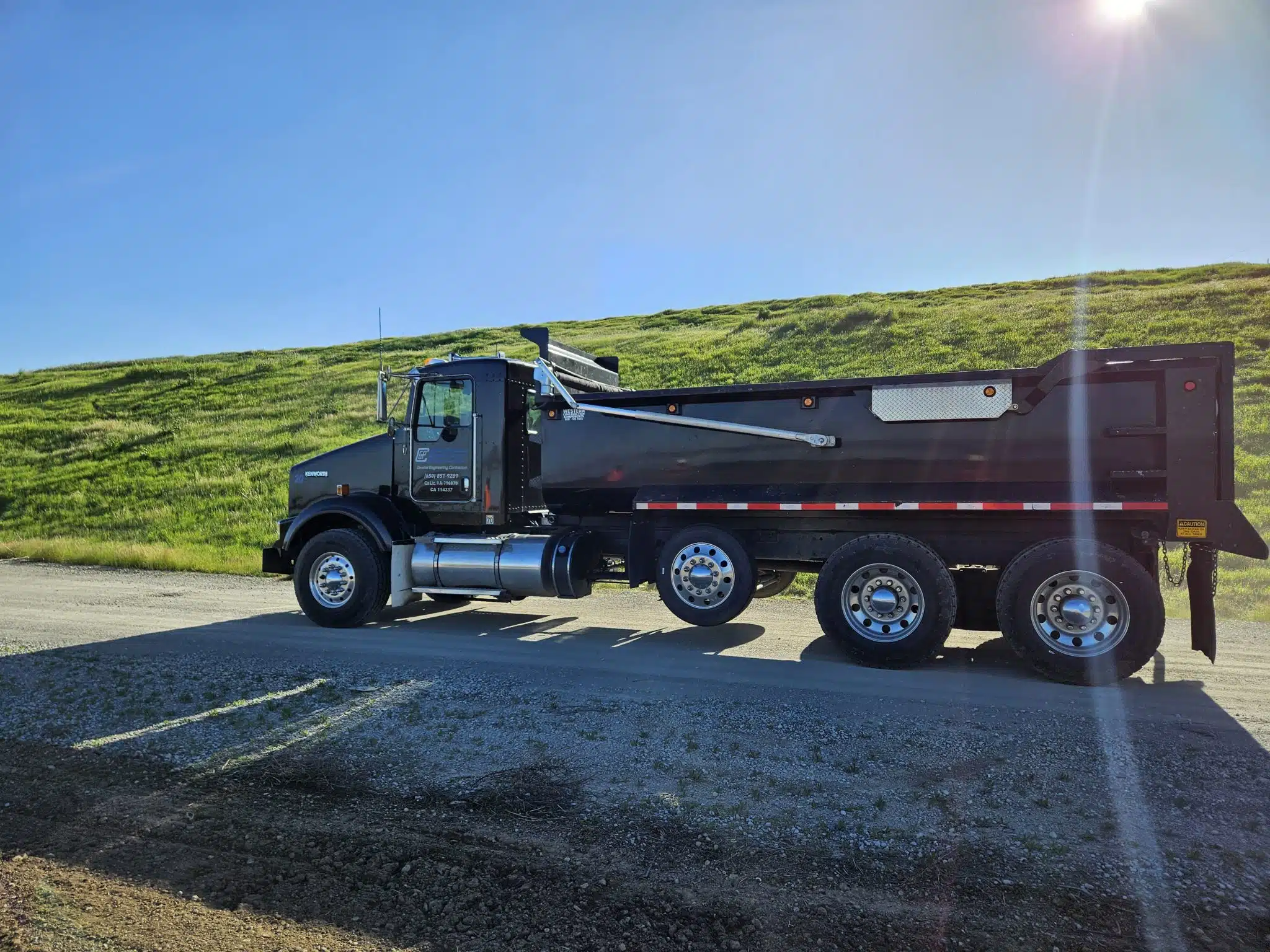From May to November 2022, Stefan Shankland was in residence at ECT. It’s an opportunity to develop an artistic approach based on the company’s materials, sites and know-how. This artistic experiment is the result of a partnership between the artist, Paris Ile-de-France Capital Economique, DRAC Ile-de-France, Artistik Bazaar and ECT.
With this residency, Stefan Shankland continues his work on inert waste from the construction industry, which he began a few years ago with the Marbres d’ici project.
An artistic creation based on excavated earth
“One of the aims of this residency was to enable fieldwork, studio experiments, new encounters with experts and readings. This privileged time of research fed ongoing reflections and encouraged the emergence of new avenues of artistic creation around excavated earth, tunnel-boring earth and inert waste managed by the ECT company.”
Stefan Shankland.
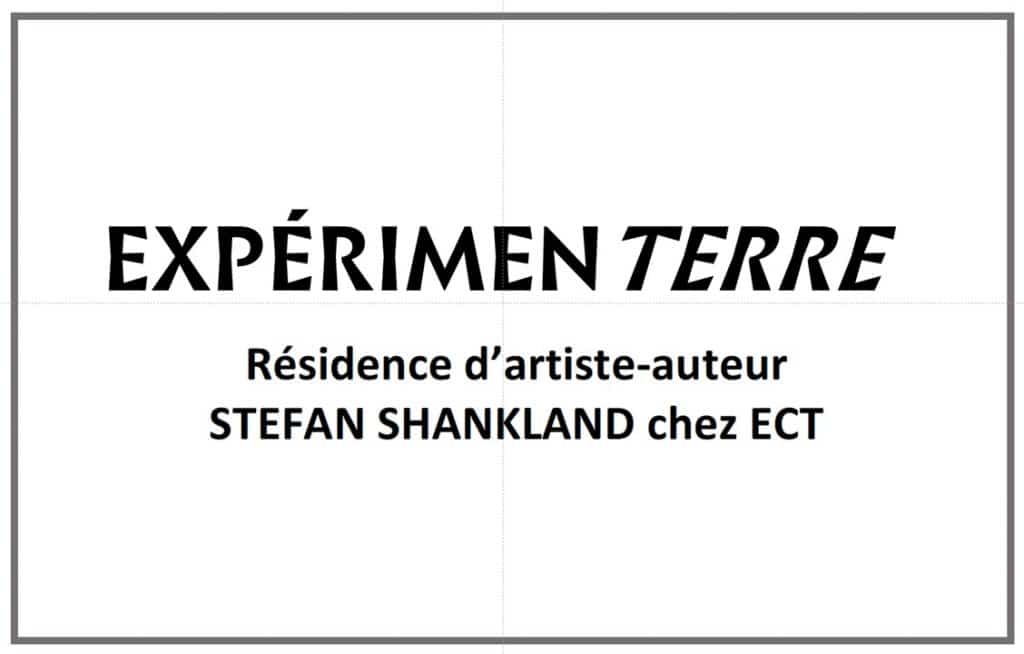
To conclude the residency, Stefan Shankland presented his research. Here are some extracts from his reflections.
Excavated earth: monumental and invisible
“The sheer volume of excavated subsoil in the Paris region is staggering: nearly 20 million tonnes of soil excavated every year (of which 13 to 15 million tonnes managed by ECT). Work on the Grand Paris Express alone will generate almost 50 million m3 of earth.
These are very real figures, but they remain an abstraction for us.
We can’t attach real-life experiences or concrete representations to them:
What does “50 million cubic meters” mean? Where is it? What’s it like?
For most of us, the material “earth” remains invisible: we’ll never have the chance to see it.
never before our eyes or in our hands the slightest sample of soil from
extracted from our deep underground.
In the future, we’ll be using public transport, travelling through miles of tunnels on a daily basis. And through the windows of the GP Express we’ll see “nothing”. The earth will escape us. The land will remain a word, an idea, a promise. A void.”
Negative monument
“Negative: the opposite, the opposite, the reverse. The negative of the TBM hole: a monument emerging from excavated earth.
Negative: removed from, withdrawn from, made invisible. Which resists our words, which fails our representations, which evades our
experience. Negative monument, negative landscape, negative material.
An excavated soil storage site: an anti-monument?
Tunnel-boring earth: an anti-matter?”
Manifesto
“The field artist’s job is not simply to explain a situation or communicate information.
His work: attempting to make visible, tangible, perceptible.
Seeking to draw a positive from a negative. Making manifest out of the latent, the absent, an omnipresent invisible.”
The earth is everywhere / the earth is nowhere
“The deep earth is always below the threshold of visibility: beneath our feet, on the other side of the construction palisades closed to the public, behind the dike, beyond the horizon of the pits, covered forever by a layer of topsoil.
The invisibility, incommensurability and lack of representation of excavated earth or earth produced by the GP Express tunnel-boring machine are in line with other monumental subjects that are just as fundamental and just as invisible: the metropolis of infrastructures, the city of flows and networks, urban metabolism, the invisible mountains of construction waste, the Anthropocene; all of which shape the landscape and the world…”
Experience vacuum
“You can see the horizontal dike. You can see it from below. In profile. Never from above. Never from inside. Except on satellite images – but that remains virtual.
Who has experienced an inland excavated soil storage site? Who has seen the liquid, plastic tunnel-boring soil spilled down its center? Who put their hand or foot in it?
Behind these dikes, in these compartments: several million cubic metres of ancestral geological strata remixed by a tunnel boring machine dropped into the subsoil of the Île-de-France region in the 21st century. A myth? A reality!”
Stealth monuments
“You can usually see the lockers from a distance, integrated into the great man-made landscape of the Île-de-France region. The elongated profile of their dikes, their uniformity, their dimensions that are difficult to assess, the impossibility of circling them, of grasping their overall configuration – all this lends them a kind of indecipherability.
These are stealthy, monumental installations whose actual size, shape, nature, operation and future elude those who pass by. They’re there, but they don’t communicate anything to us. These monumental installations don’t beckon.”
